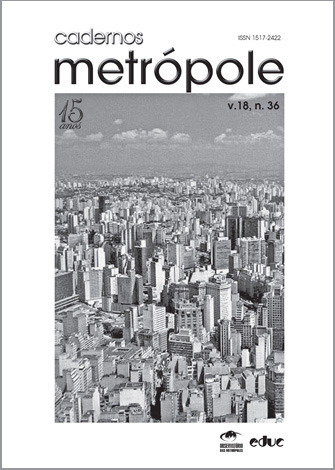Intra-urban social inequality: implications for the dengue epidemic in Campinas, SP, in 2014
Keywords:
urbanization, social inequality, dengue, Campinas, spatial analysisAbstract
This paper investigates whether the segmentation of social groups in the urban fabric, with differential access to the city’s resources and services, can influence the spatial and temporal distribution of dengue cases. The study’s site is the city of Campinas, state of São Paulo, in which we analyzed the dengue cases reported from January to December 2014. For this purpose, geoprocessing and spatial analysis tools were applied. The findings indicated that social inequality could be conditioning the distribution of dengue cases in conjunction with other factors that contributed to the occurrence of the largest epidemic recorded in Campinas so far.Metrics
Metrics Loading ...
Downloads
Published
2016-06-17
How to Cite
Johansen, I. C., Carmo, R. L. do, & Alves, L. C. (2016). Intra-urban social inequality: implications for the dengue epidemic in Campinas, SP, in 2014. Cadernos Metrópole, 18(36), 421–440. Retrieved from https://revistas.pucsp.br/index.php/metropole/article/view/2236-9996.2016-3606
Issue
Section
Artigos
License
A revista não tem condições de pagar direitos autorais nem de distribuir separatas.
O Instrumento Particular de Autorização e Cessão de Direitos Autorais, datado e assinado pelo(s) autor(es), deve ser transferido no passo 4 da submissão (Transferência de Documentos Suplementares). Em caso de dúvida consulte o Manual de Submissão pelo Autor.
O conteúdo do texto é de responsabilidade do(s) autor(es).


